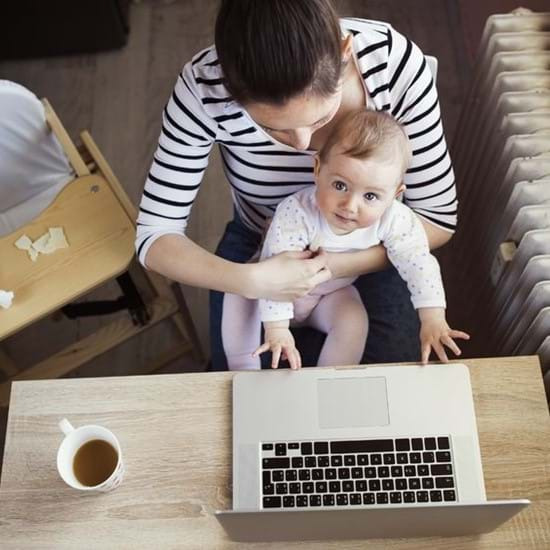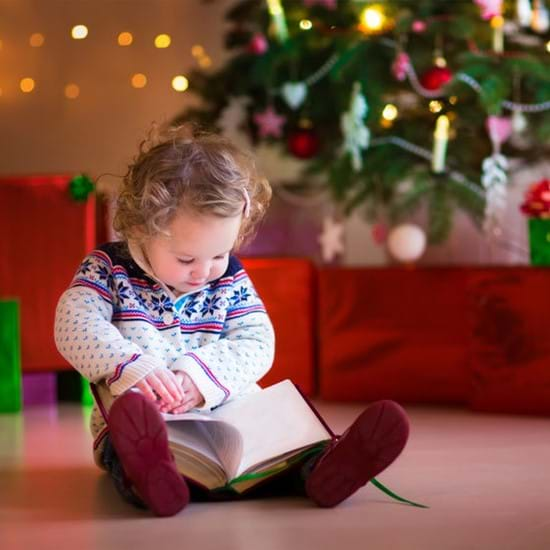
Surviving Sibling Squabbles

Written by: Stéphanie Deslauriers
Have you ever noticed your kids seem to squabble more often during the holidays, spring break, summer vacation, and long weekends?
Nothing very surprising there! The more time you spend with another person, the higher the likelihood of conflict. Why? Simple: as the amount of time together increases, so do the opportunities for disagreements and quarrelling… but also for beautiful moments.
Now add a disrupted routine, overworked parents, boredom and stress in large quantities. Tadaam! You’ve got the perfect recipe for sibling squabbles.
Sudden Outbursts of Anger
When you’re in a state of chronic stress, you are likely to feel and express sudden unwarranted rage; the most trivial situation can trigger a tsunami of anger. Heavens help those closest to you; they’re likely to suffer the effects. This type of situation can happen between siblings.
(I wish to thank Sonia Lupien for her wonderful blog post about this, which you can read here for more information on this topic.)
The Cup is Full
We all have an emotional cup that refers to our capacity to store unpleasant emotions. Some days after a good night's sleep, positive news, or clear skies, it’s likely this cup has a greater intake capacity. On the other hand, in stressful circumstances, the same cup shrinks to a teeny-tiny size. And often, the smallest event can seem HUGE to us and bang, that’s the drop that causes an overflow! For kids, relationships with siblings can thus be more tense, and disagreements may arise at the slightest frustration which would normally be quickly managed and forgotten.
Reasons for Disputes
The most common reasons behind sibling disputes are:
- fighting for parental attention
- jealousy or rivalry
- coveting the same object (e.g., wanting the TV to watch THEIR series)
- imposing a choice of activity on others
- wanting complete control over a game by dictating what their sibling can or can’t do
- wanting to play with a sibling who wants alone time
- refusing to share a toy
Possible Solutions
You can allow each of your children to choose toys and things they absolutely refuse to share. Talk about it as a group to ensure the untouchable objects are clearly identified. The rest of the toys and items are for sharing.
Encourage discussions where your kids speak in the first person using pronouns like “I” to express their point of view. Thus, the other sibling won’t feel attacked as the child who speaks voices HIS or HER emotions. For example: “I feel sad when you won’t play with me. I would like to play with you more often.” To which your other child might respond: “Right now, I need to be alone and do my own stuff. Then, I’ll go see you and we can play together.”
Encourage children to take a break when they feel their cup is about to spill (first, they must recognize the red flags warning an imminent overflow, which is part of emotional learning). For instance, one of the kids can withdraw to his or her bedroom for a relaxing activity. Your other child must be cautioned that this need for space and time must be respected and that the sibling who left will come back when ready, not before!
Pointers to help your siblings interact peacefully include finding middle ground, taking turns or flipping a coin. These strategies allow children to settle their differences together without constant parental intervention. It’s important you let your kids attempt to find solutions together! These experiences, in addition to empowering them, provide grounding for social-emotional learning (which they can later apply to other social interactions and friendships).
Finally, below is the list of the eight stages of conflict resolution, which you can draw or write in a visible place to provide your kids with a visual reminder if necessary:
- Calm down
- Talk to each other
- Listen to each other
- Find solutions together
- Apply the chosen solution
- Observe its effectiveness
- Adjust as necessary
- Reconcile
Remember that sibling squabbles are NORMAL—even more so during a lockdown, which is stressful for everyone. Adjust your expectations and don’t be hard on yourself... and everything should be fine! ;-)
A great read: Frères et sœurs, by James J. Crist et Elizabeth Verdick (in french only).


